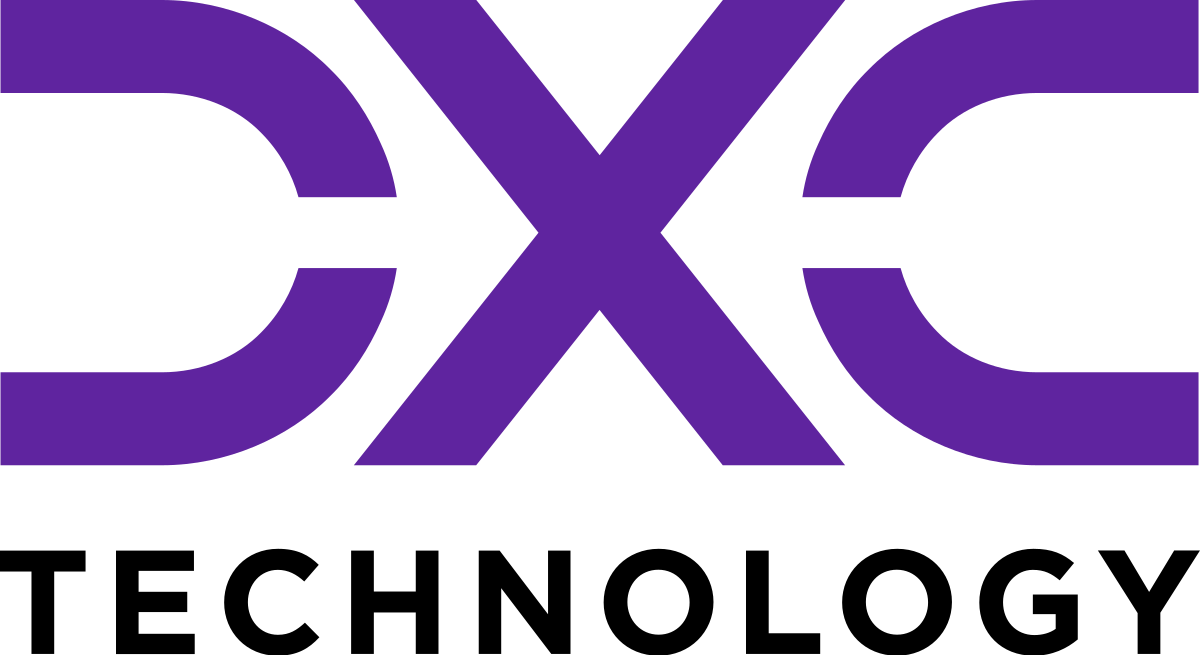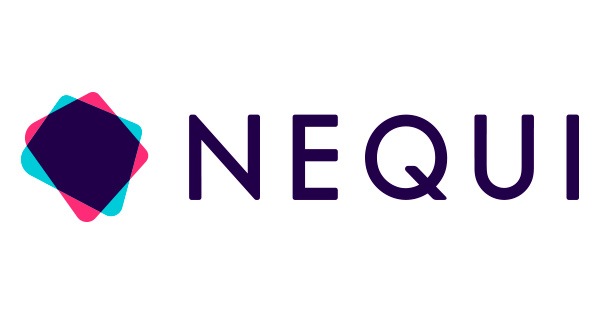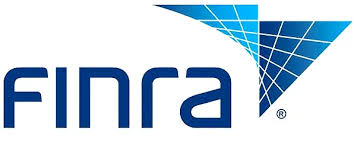Purpose-built for Enterprise Scale & Sensitivity





Best practices, case studies, ROI analysis, and real-world guidance to help you move beyond VPNs with Zero Trust.





Advanced, Continuous Trust Validation
AppGate ZTNA goes beyond initial authentication with a dynamic six-layer trust model. It continuously validates user identity, device posture, and context at the time of access—not just at login—ensuring least-privilege access and minimizing lateral movement.
Granular, Intelligent Access Control
Granular, entitlement-based access is dynamically issued using multiple identity and device factors. Every session is protected by micro-perimeters and session-specific policies, making protected resources invisible to unauthorized users.
Seamless, Scalable Access for Any Environment
AppGate ZTNA supports diverse environments—from IoT and legacy systems to cloud-native apps—through flexible deployment options and lightweight connectors. Access is consistent across clients and browser-based portals, with full visibility via built-in logging and auditing for compliance and security monitoring.

We call this the AppGate ZTNA collective. The AppGate ZTNA architecture is infrastructure agnostic and can be deployed anywhere resources need secure access. The core component of AppGate ZTNA is the appliance. Appliances can be virtual or physical. Each appliance is configured to serve a role in the Appgate collective. The primary roles are Controller (the policy engine and decision point) and Gateway (the policy enforcement point).
Additional optional roles are:
- Connector (alternate enforcement point that enables branch office and IoT/OT security)
- Portal (to enable clientless, browser-based access)
- Log Server (built in ELK stack for log aggregation and reporting)
- Log Forwarder (aggregates logs and forwards to an enterprise SIEM or syslog server)
The AppGate ZTNA collective is designed for high availability, performance and linear scale for small to very large enterprise deployments. All appliances are delivered as a virtual machine at no cost and alternatively available as a physical device for an additional charge.
The AppGate ZTNA Controller role is the brains of the collective and acts as the policy engine and policy decision point (PDP). It manages the authentication, policies, conditions and entitlements granting access for all users, devices and workloads from a single dashboard or via API.
The AppGate ZTNA Gateway role acts as the policy enforcement point (PEP). Gateways control the flow of access to protected resources. It dynamically builds session-based microfirewalls or microperimeters based on granted entitlements that limit lateral movement and attack surface.
We call this cloaking the infrastructure. Single packet authorization (SPA) uses proven cryptographic techniques to make internet-facing resources invisible to unauthorized users. SPA makes enterprise resources invisible and enables the AppGate ZTNA collective to distinguish authorized and unauthorized connection attempts, while only needing to evaluate a single network packet. Only devices that have been seeded with the cryptographic secret will be able to generate a valid SPA packet, and subsequently be able to establish a network connection. This in essence is how SPA reduces the attack surface and makes the infrastructure invisible to adversarial reconnaissance.
Once an entitlement has been granted, all traffic from the client to the gateway travels across a secure, encrypted network tunnel. All access is logged through the LogServer, ensuring that there’s a permanent, auditable record of the user access details. Appgate ZTNA leverages mTLS FIPS 140-3 compliant and third-party validated encryption on every connection to an authorized gateway — regardless of the user’s location.
AppGate ZTNA builds individual just-in-time session-based “micro” firewalls or 1-1 connections between users and the resources they are authorized to access behind a gateway. This small set of individualized rules can be processed near-instantaneously to deliver ultra-high performance connections and throughput. These microperimeters provide least privilege access and reduces the attack surface.
Yes. As an open platform, AppGate ZTNA is based on REST APIs allowing for seamless integration with other security tools, including IAM, Directory Services, EDR and SIEM, as well as business and workflow systems like an ITSM. This allows security professionals to create a cohesive security ecosystem and to build security into business processes.
Yes. AppGate ZTNA supports both up and down rules. Many solutions work well in use cases that require user/device policies to connect to resources, also known as “up rules.” However, most sophisticated security teams must support “down rules” that deal with interactions between a server, service, or resource “down” to the user device. Remote desktop support, centralized endpoint products (EPP/EDR/AV) and VoIP are good examples, where access control needs to flow in both directions.
Yes. AppGate ZTNA is architected to protect private access across a complex hybrid IT environment including on-premises, in data centers, in one or more clouds (multi-cloud) or a combination of all three (i.e., a hybrid architecture) with a unified policy engine.
No. ZTNA architectures are very different from VPNs. VPN has been traditionally used to provide remote workers with access to corporate resources, its only real security features are user authentication to the network. In comparison, AppGate ZTNA is fundamentally an identity-centric and security-driven solution, offering enhanced authentication and encryption while also adding other modern features that will increase security and reduce operational complexity.